There are 7 billion people on the planet all competing for the same resources. What once seemed like a huge world has become exponentially smaller because of the Internet and globalization. The Internet has made applying to jobs too easy -- 3.6 billion resumes are being sent to 5 million companies in the U.S. alone, and as a result, unqualified and un-interested applicants are able to apply (over 70 percent of those resumes) with just a click of a button.
In the past, executives and those in hiring positions were able to personally read resumes and cover letters that came by their desk, but because of the Internet, that is not even an option. What used to be a personal exchange during the job process has changed into a 'un-human' approach through technology. Applicant tracking systems (ATS) are now used in almost every single large corporation to filter through key buzz-words for open job descriptions.
The hiring results from the current resume method are alarming.
Dennis McCafferty, a freelance writer for Baseline magazine, reported in a recent article featured on the CIO Insight website that "46% of rookie hires won't survive their first 18 months on the job, according to industry research. And 22% of turnover occurs within the first 45 days. These failures come at a high price: The cost of a bad hire can range from 1.5 to 3.5 times the salary of the employee in question."
The challenge of finding talent amongst all the noise has become increasingly difficult, and job seekers are facing the same problem. So how does a company find the brightest and best out of millions of resumes?
Innovation comes from ideas, and ideas come from people -- problem is, the current hiring system is not set up to evaluate ideas. There are many qualified, intelligent job seekers who have been overlooked because their resume doesn't quite match the criteria. From our experience of working with a diverse group of people, we have found that many feel they are doomed, that no one is going to hire them again, and feel hopeless because they don't believe they can make a change.
It doesn't have to be like that.
If companies want to be innovative, they have to start allowing people in who are innovative. Look at the culture of huge successful companies like Apple, Pixar, and Google. These companies attract the best of the best talent out there because its environments encourage creativity.
Individuals and companies can transform their current state by rising to challenges and driving the company forward through well-executed strategies based on innovative ideas.
In order for this to happen, hiring modalities must change. The "roboticized" ATS approach must be replaced by a quality set of valuable information submitted by a handful of qualified applicants. What technology has afforded us in terms of scalability is unmatched; but in terms of hiring, scalability wreaks more havoc than it does facilitate practical outcomes.
Less irrelevant information equals job seekers being placed in jobs faster, in turn propelling companies to growth and success. The future of jobs requires us all to shift the paradigm away from a "square peg in a round hole" mentality. This will happen if and only if we embrace a new paradigm in which humans are required to propose their value in terms of creativity and innovation. Hiring managers must change the question from: "what have you done in the past" to "what will you bring to the future of the company."
It's simple. Think like a human. Hire like a human.